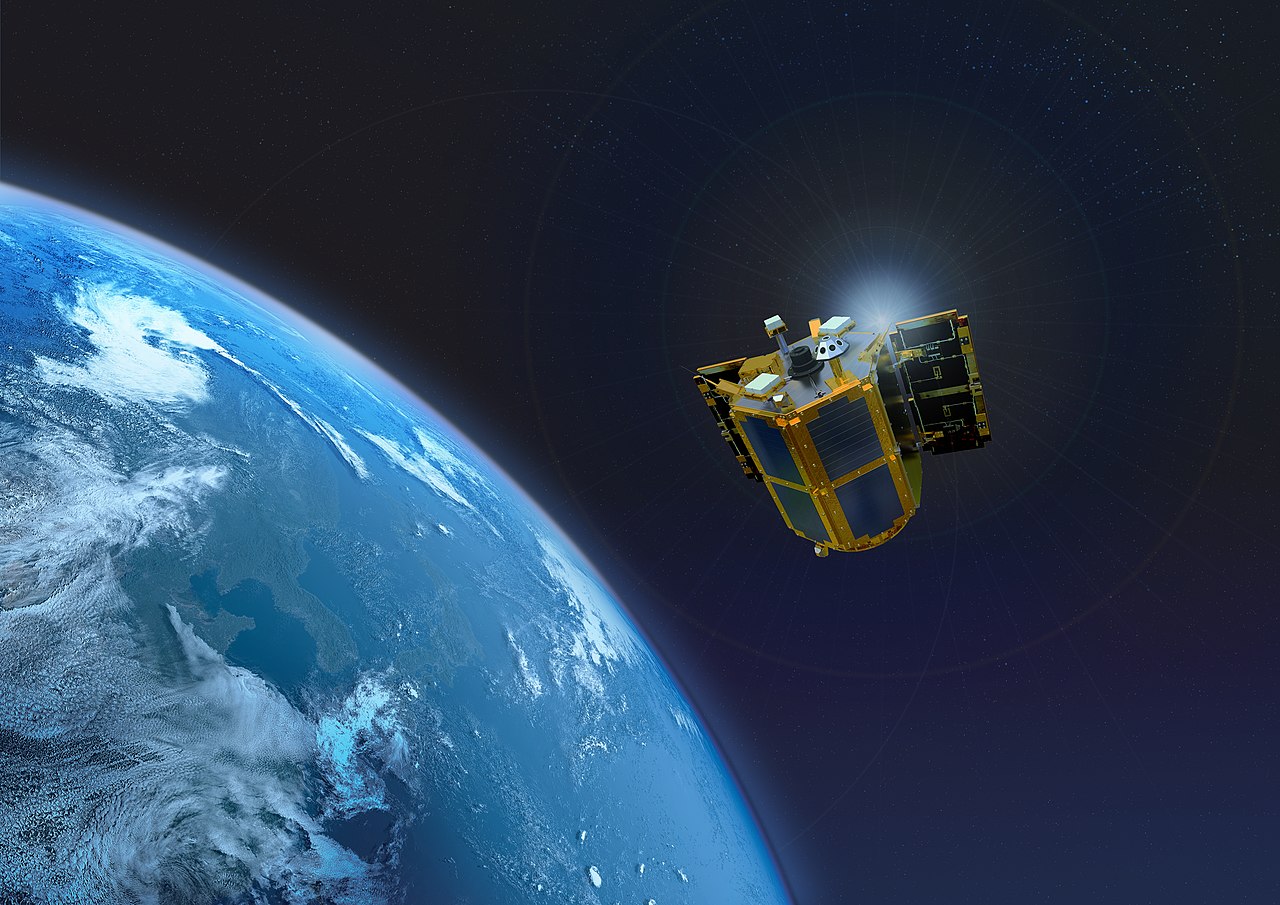O Naro-1, anteriormente designado como Korea Space Launch Vehicle ou KSLV, é o primeiro veículo de lançamento da Coreia do Sul, lançado a 25 de agosto de 2009. É o primeiro foguetão espacial coreano a ser lançado em solo sul-coreano. Foi construído pelo Instituto da Coreia do Sul de Investigação Aeroespacial, a agência espacial nacional da Coreia do Sul juntamente com a Korean Air e foi lançado para o espaço a partir no novo espaçoporto do país, o Centro Espacial Naro. O nome oficial do primeiro foguete KSLV, KSLV-I é Naro, nomeado em homenagem à região onde se localiza o Centro Espacial Naro.
Embora o lançamento em si tenha sido bem sucedido, a sua carga útil excedeu a órbita planeada.
O veículo de lançamento KSLV-I baseia-se no primeiro estágio do Angara combinado com um segundo estágio com combustível sólido construído pela Coreia do Sul. Esta configuração é alegadamente capaz de lançar um satélite com um peso de 100 kg numa órbita baixa.
A 30 de janeiro de 2013 o terceiro Naro-1 conseguiu colocar o satélite STSAT-2C numa órbita baixa terrestre.
in Wikipédia
STSAT-2C, or Science and Technology Satellite 2C, or Naro Science Satellite was a South Korean satellite which was launched in 2013. It was operated by the Korea Aerospace Research Institute, and was intended to demonstrate technology for future spacecraft. The satellite had a mass of 100 kilograms (220 lb), and was expected to operate for less than a year. STSAT-2C was launched at 07:00 UTC on 30 January 2013, on the third flight of the Naro-1 carrier rocket, with a Russian first stage derived from the Angara and a South Korean second stage. Liftoff occurred from the Naro Space Centre, and the rocket successfully deployed the satellite into at 292-by-1,511-kilometre (181 by 939 mi) low Earth orbit inclined at 80.3 degrees. The launch marked the first successful flight of the Naro-1, which had previously failed to launch STSAT-2A in 2009 and STSAT-2B in 2010.
_%EB%B0%9C%EC%82%AC%EB%8C%80_%EA%B8%B0%EB%A6%BD_(3).jpg)




Sem comentários:
Enviar um comentário